A ground-level report from a Venezuela that refuses to surrender—economically, militarily, or morally.
A ground-level report from a Venezuela that refuses to surrender—economically, militarily, or morally.
by Fabrizio Verde, from Caracas / Venezuela
Late August. The Caribbean Sea—usually a postcard of turquoise waters and cruise-ship tranquility—has turned into a stage for Cold War–style brinkmanship. The United States, in a move evoking its darkest interventions, has deployed warships and a nuclear-powered submarine just miles off Venezuela’s coast. The official pretext? The “war on drugs.” But this accusation is as old as colonialism itself: a recycled, baseless narrative long used to justify coups, sanctions, and regime-change operations across the Global South. The real message needs no translation: Caracas must submit to imperial dictates—or be crushed by gunboat diplomacy.
In that climate of open threat—while Western media relentlessly depict Venezuela as a “failing dictatorship” teetering on collapse—I chose to travel there. This was no impulsive act. It was a deliberate gesture of solidarity with a people who, for over two decades, have withstood an unrelenting siege: economic, media-driven, and military. My flight to Caracas wasn’t just a journey across continents; it was a vote of confidence in the Bolivarian Revolution—in its resistance, its organization, and its unwavering dream of another America. The America imagined first by Simón Bolívar, and more recently by Comandante Hugo Chávez.
I landed at Simón Bolívar International Airport in Maiquetía on a sweltering August morning. The air was thick—not just with tropical humidity, but with a quiet, collective resolve. There was no panic, no despair. Instead, a calm determination permeated the streets—a civic-military unity that defines the Bolivarian project. Everywhere, from murals to posters, the slogan echoed: “Patria o Muerte, Venceremos.” This is not empty propaganda. It is a covenant with history.
In Maracay, one of Venezuela’s most strategic cities, I witnessed something European newsrooms will never broadcast: the civic-military union in daily practice. This isn’t staged theater—it’s a living, breathing social fabric. Across the country, in plazas named after the Liberator Simón Bolívar, Venezuelans line up voluntarily to join the Bolivarian Militia. They are not mercenaries or fanatics. They are students, factory workers, farmers, mothers, and fathers—ordinary citizens choosing to defend their sovereignty, yes, with arms if needed, but above all with political consciousness.
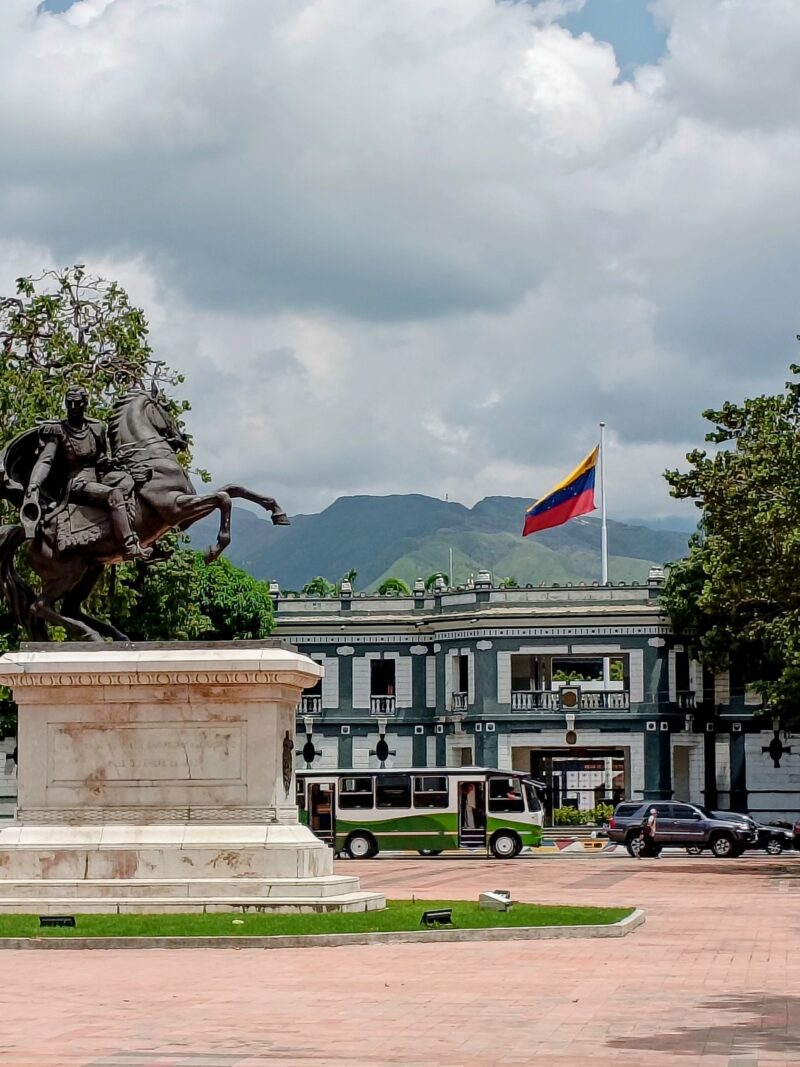
President Nicolás Maduro has repeatedly emphasized this historical continuity. “Venezuela has always faced its battles together with the people,” he recently reminded the nation, “throughout our glorious history—and we continue to do so today in this multifaceted war: economic, political, psychological.” He stressed that Venezuela’s defense doctrine is unequivocal: “Integral Defense of the Nation.” And if necessary, he declared, the country will resort to arms to protect its sovereignty.
“Venezuela has the right to peace, to sovereignty, to its very existence—and no empire in this world will tear that away from us. If it becomes necessary to move from non-armed forms of struggle to armed struggle, this people will do so. For peace, for sovereignty, and for the right to exist. Colonialism—never again!”.
This is not rhetoric. It is operational reality. The mobilization spans 335 Integral Defense Areas (ADIs) and 15,751 Popular Integral Defense Bases (BDPIs)—a network that embeds national defense into the daily life of communities. This is a world-unique model: sovereignty is not outsourced to a professional army alone, but entrusted to an organized, conscious populace. From food distribution to territorial vigilance, from disaster response to agricultural production, the people are the shield.
Established by Hugo Chávez as the fifth branch of Venezuela’s National Bolivarian Armed Forces, the Militia embodies his vision of “participatory and protagonistic democracy,” now carried forward under Maduro. What struck me most was the utter normalcy of it all. No war hysteria. No apocalyptic rhetoric. Just a lucid awareness: Venezuela is under attack—but it is prepared. And it will not surrender its independence.
Standing among orderly queues of men and women of all ages signing enlistment forms, I saw calloused hands, focused eyes, and genuine smiles. At that moment, I understood: the true shield against imperialism is not hardware—it’s popular unity.
Yet here, in the streets of Maracay, there is no hell. There is life. Struggle. Hope.
I stayed not as a tourist, but as a guest of a Venezuelan family—the kind Westerners would call “ordinary,” if by “ordinary” we mean people who work, dream, laugh, and resist despite everything. We shared arepas and pabellón criollo, listened to folk music, and gathered every Wednesday night to watch El Mazo Dando, Diosdado Cabello’s incisive political program—a ritual that unites the Venezuelans in collective reflection.
Two years ago, on my last visit, I’d already sensed this extraordinary capacity to endure with joy and dignity. Today, despite tightened U.S. sanctions, that spirit hasn’t wavered—it’s deepened. There’s no victimhood, no resignation. Only a tenacious will to build, to live, to advance—despite what Maduro rightly calls the “multifaceted war” waged by imperialism to erase the Bolivarian project.
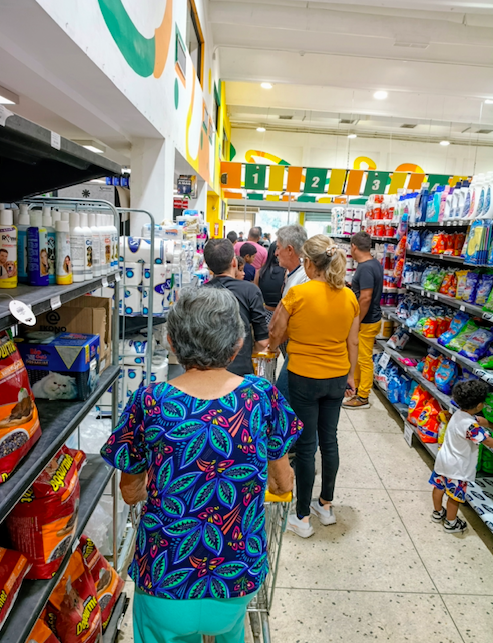
One Saturday morning, I accompanied my hosts to a large supermarket. The average European, saturated by mainstream propaganda, would expect empty shelves, long lines, tension. Instead, I found aisles fully stocked—with local produce, imported goods, hygiene products, and household essentials. The store was busier than usual, yes—but there was no panic, no hoarding. Just calm, smiling people shopping with confidence.
A woman beside me in the checkout line explained: “Yesterday, the government deposited a special economic bonus into our Carnet de la Patria accounts to counter the effects of economic warfare. It’s targeted aid—for families with children, elders, or disabled members. So today, everyone’s out shopping.”
I reflected on this. While Venezuela is strangled by illegal sanctions that block access to the global financial system, its government doesn’t abandon its people. It actively protects them—through direct cash transfers, support for national production, and guaranteed access to basic goods.
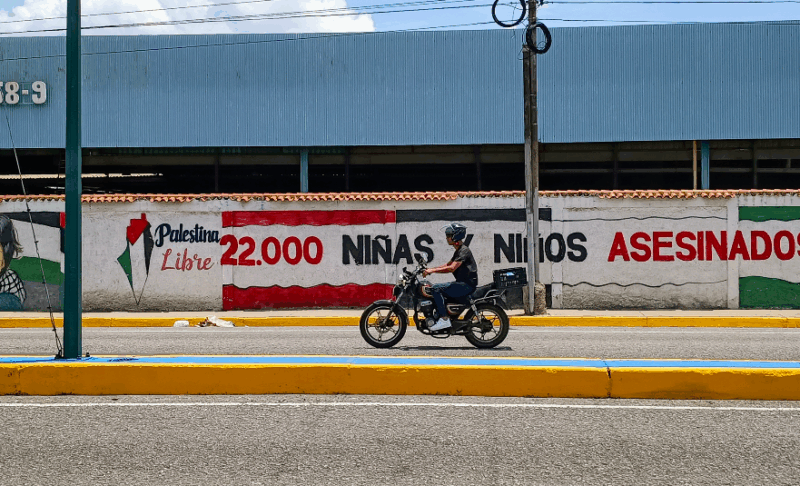
Notably, compared to my visit two years ago, I observed a remarkable recovery of the bolívar as the functional currency of daily life. Back then, prices were often displayed in U.S. dollars, and many transactions—especially in cities—were dollarized out of necessity. Today, the vast majority of prices are listed in bolívares, and the local currency is once again the default medium of exchange. Even more striking is the widespread use of electronic bolívar payments: through bank apps, QR codes, and especially Pago Móvil—Venezuela’s peer-to-peer mobile payment system, which allows instant transfers via phone number. Street vendors, small shops, even transport now accept digital bolívares seamlessly. This isn’t just convenience—it’s monetary sovereignty in action, a quiet but powerful reassertion of economic independence in the face of dollar hegemony.
And so, I ask: where in the so-called “civilized” democracies of the West does this happen? In Italy, France, or the U.S., thousands sleep on sidewalks, begging to survive. In Maracay, I saw not a single homeless person. No one crouched on street corners with cardboard signs. No tent cities under bridges.
This is no accident. It’s the result of human-centered policies—proof that even under siege, a state can choose to stand with its people.
Moreover, Maracay itself has grown more beautiful, cleaner, better organized since my last visit—already impressive then. Streets are paved, sidewalks maintained, parks flourishing. Colorful murals honor Bolívar, Chávez, and indigenous heroes like Guaicaipuro. There’s no urban decay, no neglect.
Much of this is due to Joana Sánchez, the young PSUV governor of Aragua State—a new generation of leadership combining vision with grassroots pragmatism. Her policies in urban renewal, local production, and community participation are yielding tangible results. This isn’t “facade politics” for tourists—it’s real, rooted transformation, driven by consejos comunales and comunas across the country.
Walking through Maracay’s vibrant center—past fruit stalls and children playing in courtyards—I grasped a simple truth: Venezuela is not in crisis. It is in struggle. And it is winning—not through weapons, but through dignity, organization, and solidarity.
While the West drowns in cynicism, inequality, and moral decay, Venezuela—against all odds—advances. Not with the arrogance of declining empires, but with the quiet tenacity of free peoples who refuse to surrender their sovereignty.
Perhaps this is why the U.S. fears the Bolivarian Republic so deeply. Yes, it covets Venezuela’s oil—that’s clear. But more than resources, Washington fears the example. It fears a world that sees: another world is possible. And that world is being built here—in the streets of Caracas and Maracay, in the hands of grandmothers sharing arepas, in the eyes of young militiamen who enlist not to kill, but to defend peace and sovereignty.
In doing so, Venezuela has become Latin America’s vanguard in the construction of a multipolar world—one that rejects dollar hegemony, challenges unipolar domination, and affirms the right of nations to chart their own course. Caracas isn’t just resisting empire. It’s helping to build the future.


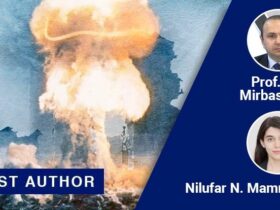
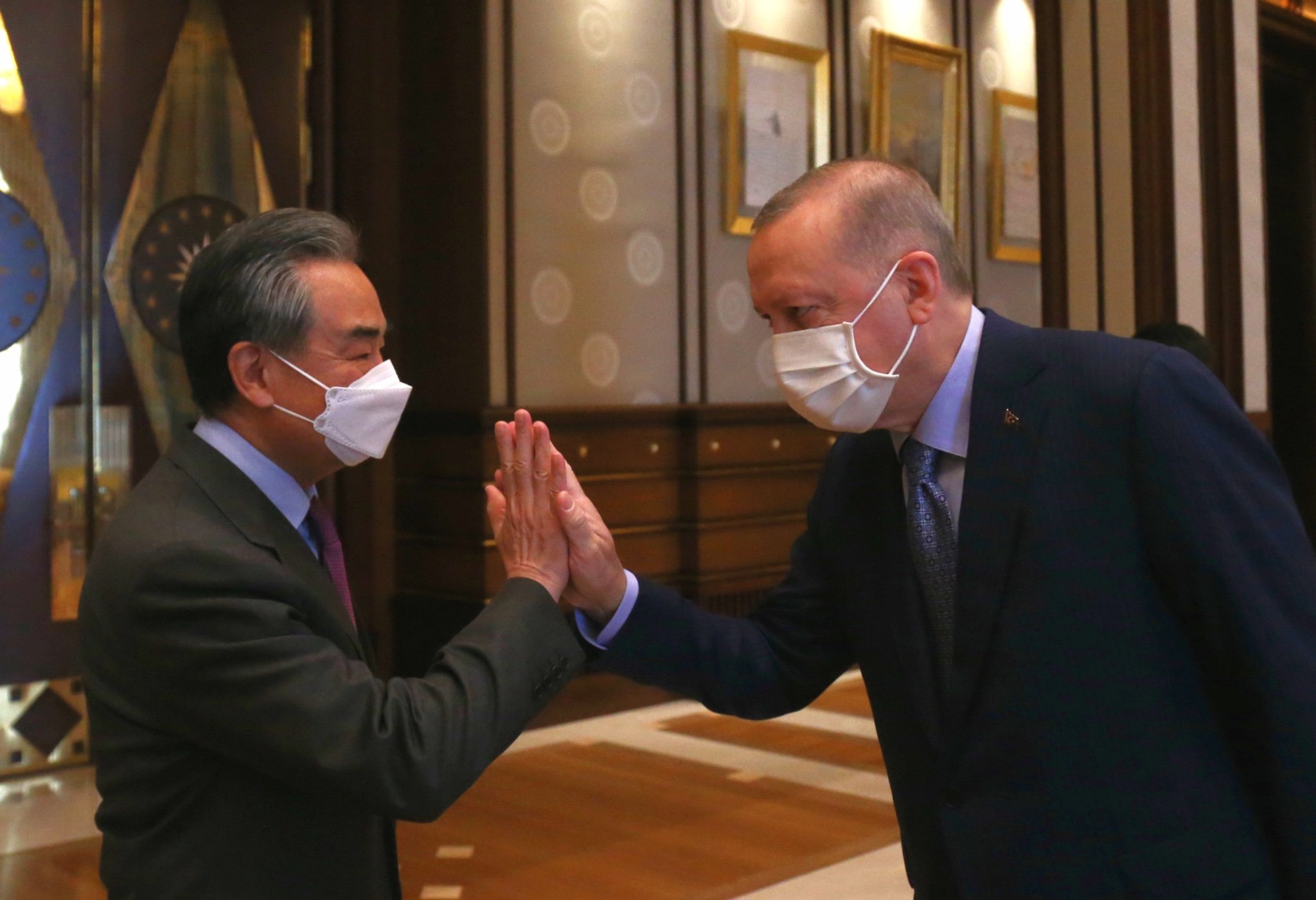
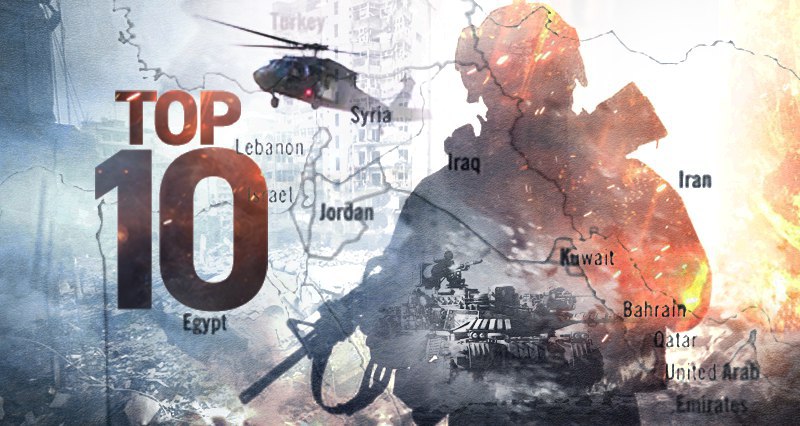
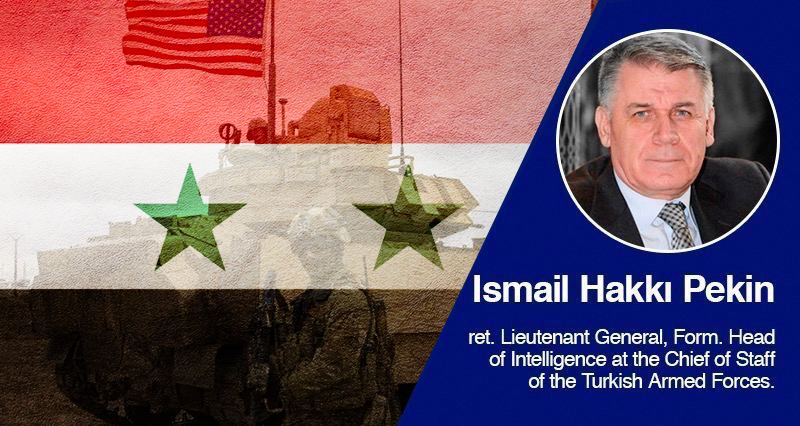

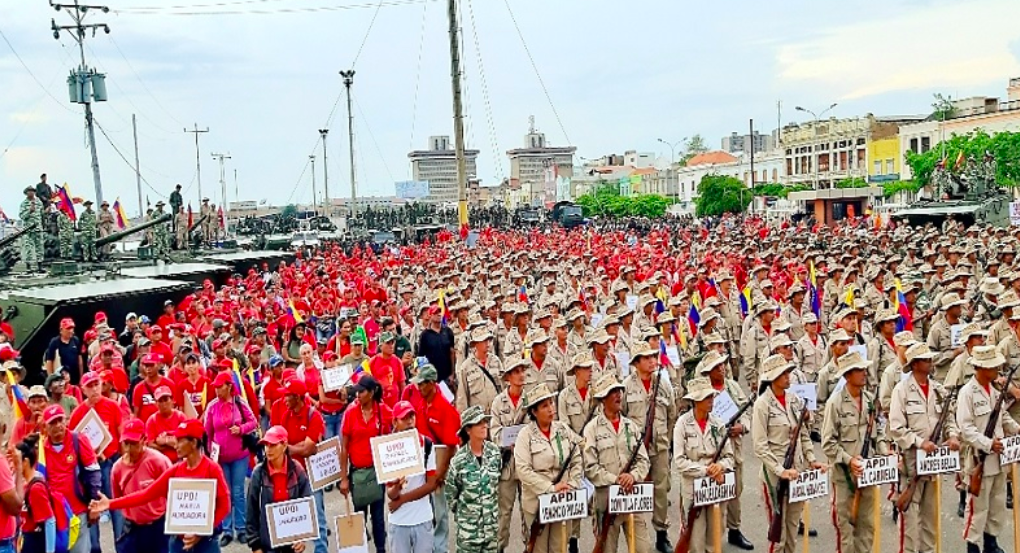
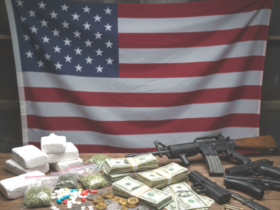
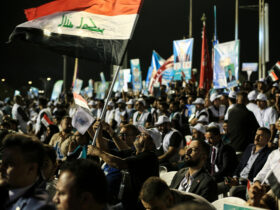
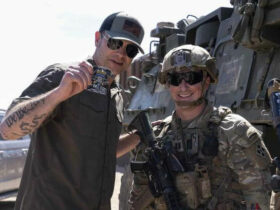
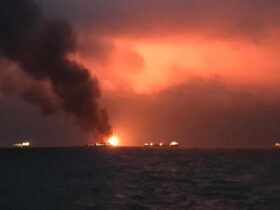
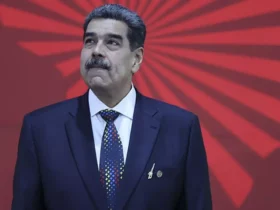
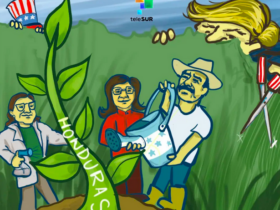
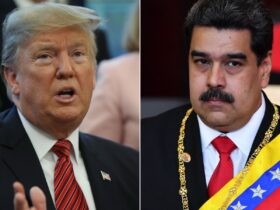
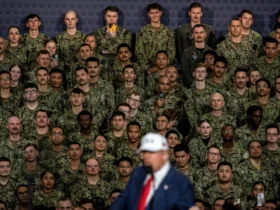
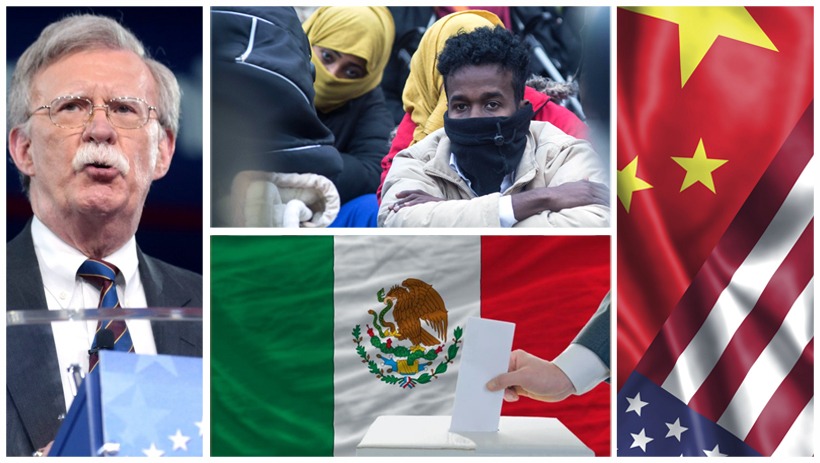
Leave a Reply